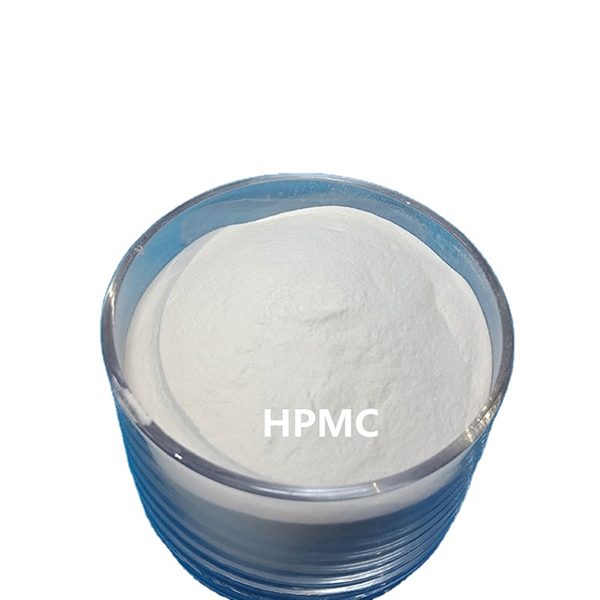Understanding HPMC Cellulose Uses, Benefits, and Applications
Hydroxypropyl Methylcellulose (HPMC), often referred to simply as HPMC cellulose, is a versatile and widely used compound in various industries. This semi-synthetic polymer, derived from natural cellulose, has gained immense popularity due to its unique properties, including its ability to form gels, bind, and stabilize. In this article, we will explore the structure, applications, benefits, and potential future of HPMC cellulose.
Structure and Properties
HPMC is created through the modification of cellulose, which is a naturally occurring polymer found in the cell walls of plants. The chemical process involves etherifying cellulose with propylene oxide and methyl chloride, resulting in a product that has hydroxypropyl and methyl groups attached to the cellulose backbone. This modification enhances the solubility of cellulose in water while preserving its ability to form opaque gels and films.
One of the most notable characteristics of HPMC is its ability to dissolve in cold water, which makes it an excellent thickening agent. It is also stable across a wide range of pH levels, thermal conditions, and ionic strengths, contributing to its reliability in various formulations. The degree of substitution (the number of hydroxyl groups replaced by hydroxypropyl and methyl groups) can be adjusted, allowing for tailored properties based on specific applications.
Applications in Various Industries
1. Pharmaceuticals HPMC is commonly used as a binder in tablet formulations, helping to ensure uniform distribution of active ingredients. Its film-forming properties are also utilized in coatings for sustained-release medications, allowing for controlled drug delivery. Additionally, HPMC serves as a thickening agent in topical ointments and gels.
2. Food Industry In food processing, HPMC is often employed as a thickener, emulsifier, and stabilizer. It improves the texture of products, enhances mouthfeel, and prevents ingredient separation. Additionally, HPMC is used in gluten-free baking as it mimics the properties of gluten, providing elasticity and structure to baked goods.
3. Cosmetics and Personal Care The cosmetic industry uses HPMC for its thickening and emulsifying properties, helping to stabilize lotions, creams, and gels. Its mildness and compatibility with skin make it a preferred choice in formulations for sensitive skin.
4. Construction In construction, HPMC is added to cement and mortar to enhance their workability and reduce water absorption. It provides improved adhesion and flexibility, making it ideal for tile adhesives and plaster.
hpmc selulosa

5. Agriculture HPMC is increasingly being integrated into agricultural applications, particularly as a coating for fertilizers and pesticides. This coating helps control the release of active ingredients, ensuring that plants receive nutrients gradually over time.
Benefits of HPMC Cellulose
The benefits of HPMC cellulose are vast, making it a highly sought-after ingredient across different sectors
- Non-toxic and Biodegradable HPMC is generally recognized as safe (GRAS) by the FDA, making it suitable for food and pharmaceutical applications. Its biodegradable nature aligns with modern sustainability efforts.
- Versatile The ability to customize HPMC to achieve specific viscosity and gel-forming properties allows for its use in a wide range of products.
- Stability HPMC is stable under various environmental conditions, ensuring consistent performance across different applications.
- Enhanced Performance In pharmaceuticals, it aids in drug absorption and release, while in food products, it enhances texture and stability.
Future Prospects
As industries look to create more sustainable and efficient products, the demand for HPMC cellulose is expected to grow. Ongoing research into its applications in bioactive delivery systems, biodegradable packaging, and innovative food solutions shows promise. Advances in manufacturing processes may also lead to more cost-effective production methods, further expanding its utilization.
In conclusion, HPMC cellulose stands as a remarkable example of how natural materials can be modified to create multifunctional compounds that benefit various sectors. Its unique properties and adaptability position it at the forefront of innovations in pharmaceuticals, food, cosmetics, construction, and agriculture, making it an invaluable ingredient in addressing modern challenges.
-
Rdp Powder: Key Considerations for Wholesalers in the Building Materials IndustryNewsJul.08,2025
-
Key Considerations for Wholesalers: Navigating the World of Hpmc - Based ProductsNewsJul.08,2025
-
Hpmc Detergent: Key Considerations for WholesalersNewsJul.08,2025
-
Key Considerations for Wholesalers: China Hpmc For Tile Adhesive, Coating Additives, Concrete Additives, and MoreNewsJul.08,2025
-
Crucial Considerations for Wholesalers: Navigating the World of Construction MaterialsNewsJul.08,2025
-
Key Considerations for Wholesalers Sourcing Additive For Cement, Additive For Concrete, Additive For Putty from Additive Manufacturer Shijiazhuang Gaocheng District Yongfeng Cellulose Co., Ltd.NewsJul.08,2025




